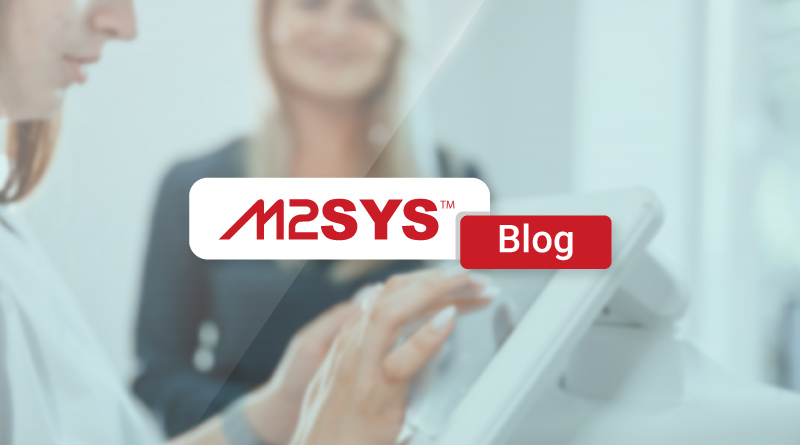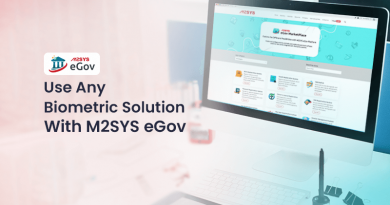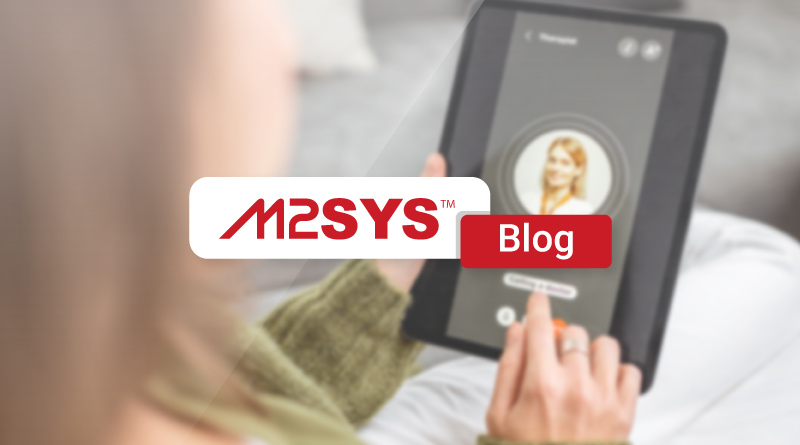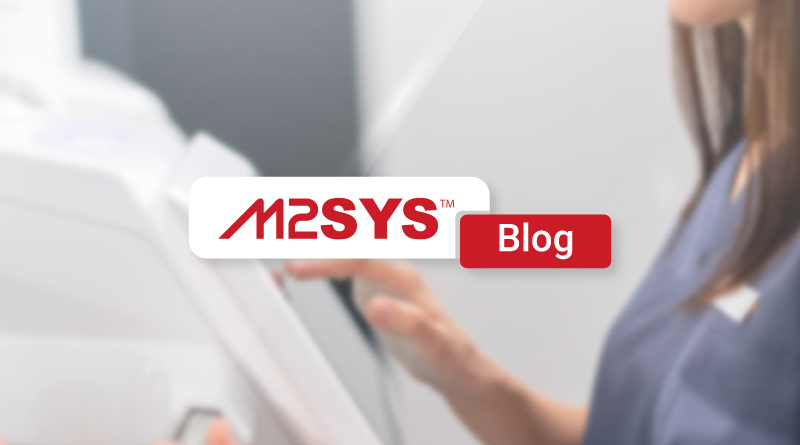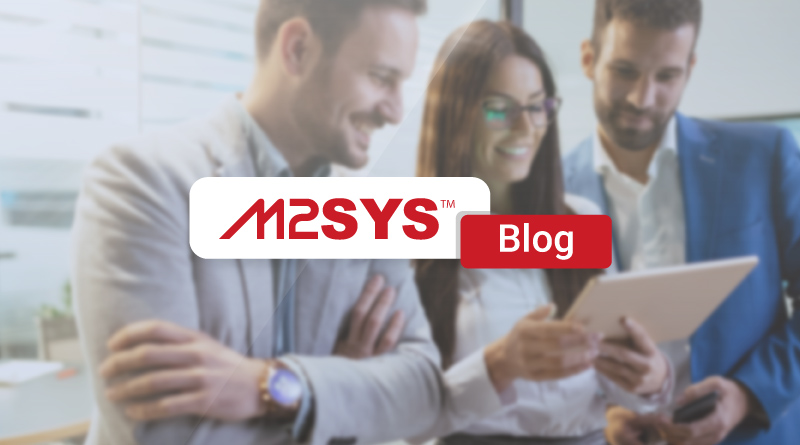How Automated Citizen Onboarding Works for Government Identity Verification and Compliance
Manual identity checks in government agencies waste billions annually due to errors and delays. Automated citizen onboarding solutions address these issues by speeding up verification, ensuring compliance, and reducing fraud risks. This transition enhances efficiency and saves costs, offering a modern approach to government identity verification.
Did you know that manual identity checks in government agencies waste billions of dollars each year on errors and delays? This staggering cost highlights a pressing need for change in how governments handle citizen onboarding. Agencies face outdated systems that slow down processes and increase fraud risks. Automated citizen onboarding government solutions step in to fix these issues by speeding up verification and ensuring compliance.
What Challenges Do Agencies Face with Traditional Onboarding?
Government offices often struggle with legacy systems that rely on paper forms and in-person visits. These methods lead to long wait times and human errors. For example, a single mistake in data entry can delay services for weeks. Moreover, fraudsters exploit these gaps, costing agencies dearly. Transitioning to digital methods becomes essential, but integration hurdles scare many leaders away. However, agencies that adopt automation see immediate gains in efficiency. To learn more about overcoming these hurdles, explore our article on Digital Transformation.
How Does Automation Streamline Identity Verification?
Automation uses smart tools to verify identities quickly and accurately. It checks documents and biometrics without needing physical presence. This approach cuts processing times from days to minutes. For instance, remote onboarding allows citizens to submit information via mobile apps. As a result, agencies handle more cases daily. Plus, AI in Government detects inconsistencies that humans might miss, so compliance stays strong.
Why Is Compliance Critical in Government Onboarding?
Regulations demand strict data protection and accurate records. Non-compliance can lead to hefty fines and lost trust. Automated systems embed these rules into every step. They track changes and generate reports automatically. Therefore, agencies avoid penalties while building public confidence. In sectors like public health, this means faster access to services without risking privacy.
What Role Does Remote Onboarding Play in Modern Government?
Remote onboarding lets citizens join programs from anywhere. This feature proves vital during crises, like pandemics, when in-person visits drop. Mobile access empowers field teams to register people on the spot. Consequently, services reach underserved areas more effectively. Social welfare programs benefit greatly, as they deliver aid faster to those in need.
How Can Agencies Overcome Legacy System Hurdles?
Many fear that new tech will disrupt current operations. Yet, smart platforms integrate smoothly with old systems. They bridge gaps without requiring a full overhaul. For example, data migrates seamlessly, preserving historical records. Thus, agencies modernize step by step, minimizing downtime. This strategy ensures a smooth shift to automated citizen onboarding government processes.
What Cost-Saving Benefits Come from Automation?
Automation slashes operational costs by reducing paperwork and staff hours. Agencies save on storage and manual labor. A study shows that digital onboarding cuts expenses by up to 40 percent. Additionally, fraud prevention saves millions in recovered funds. Over time, these savings add up, providing strong returns on investment.
How Does This Approach Prevent Fraud in Government Services?
Fraud thrives in manual systems due to weak checks. Automation layers multiple verification steps, like facial recognition and document scans. It flags suspicious activities in real time. As a result, agencies block fake identities before they cause harm. In public health, this protects resources for legitimate users.
Real-World Examples of Successful Implementation
Look at Yemen’s voter registration project. There, a digital system registered 14 million citizens, cutting disputes and boosting trust in elections. Similarly, Nigeria’s telecom registration captured biometrics for 140 million users, curbing fraud in mobile services. In the US, South Carolina’s workforce tracking reduced time theft across 50 offices. Las Vegas streamlined recreation access for 20,000 residents, ditching plastic cards for faster check-ins. These cases show how automation drives real results.
Introducing a Proven Solution for Government Needs
With over 20 years of experience serving governments worldwide and in the US, M2SYS eGov brings reliable expertise to the table. The M2SYS eGov platform builds and delivers eGovernance solutions that tackle these exact pain points. It streamlines automated citizen onboarding government tasks by integrating with existing setups. Agencies use it to verify identities remotely, ensure compliance, and prevent fraud. For social welfare, it speeds up enrollments while maintaining accuracy. In public health, it enables secure data handling. Leaders appreciate how it scales without disrupting daily work, leading to long-term savings and better service delivery.
Why Choose This Path for Your Agency?
Adopting automated citizen onboarding government methods positions agencies for success in a digital world. It addresses inefficiencies head-on and opens doors to better citizen experiences. By focusing on practical steps, leaders can implement changes that last. Explore how such platforms fit your needs to see the difference firsthand.

